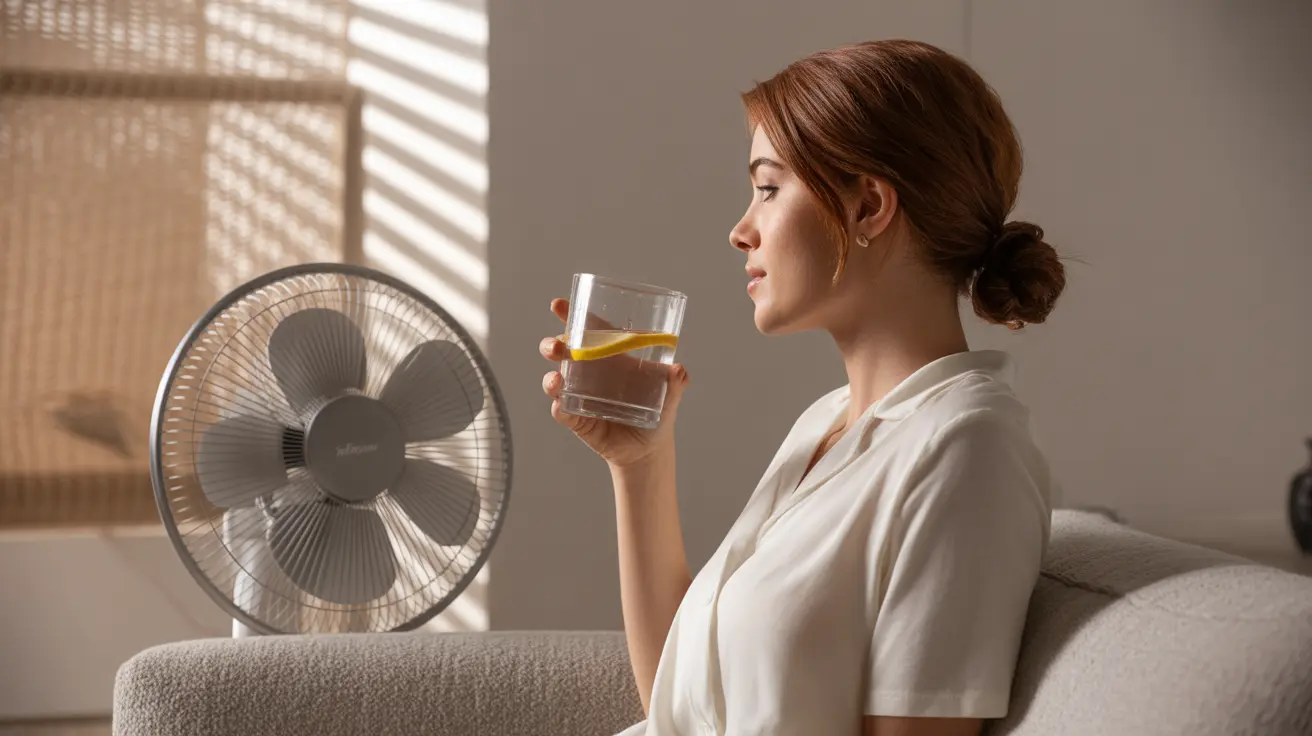As temperatures rise, knowing how to stay cool and hydrated becomes crucial for your health and well-being. Whether you're dealing with a summer heat wave or living in a consistently warm climate, proper strategies for managing heat and maintaining hydration can help prevent serious heat-related illnesses.
This comprehensive guide will explore effective methods to keep your body temperature regulated and ensure adequate hydration, helping you stay safe and comfortable even in extreme heat conditions.
Understanding Your Body's Cooling System
Your body has natural mechanisms to regulate temperature, primarily through sweating. When sweat evaporates from your skin, it creates a cooling effect. However, this process works efficiently only when you're properly hydrated and when environmental conditions allow for evaporation.
Smart Hydration Strategies
Staying hydrated is more than just drinking water when you feel thirsty. Here are essential guidelines for proper hydration:
- Drink 8-10 glasses (64-80 ounces) of water daily as a baseline
- Increase intake during physical activity or extreme heat
- Monitor urine color (should be light yellow)
- Consider electrolyte-rich beverages for extended outdoor activities
- Avoid alcohol and caffeine, which can contribute to dehydration
Effective Cooling Techniques
Indoor Cooling Methods
Creating a cool indoor environment is crucial for preventing heat-related stress:
- Use air conditioning or fans strategically
- Close blinds and curtains during peak sun hours
- Create cross-ventilation by opening windows in cooler hours
- Use damp cloths on pulse points
- Take cool showers or baths
Outdoor Protection Strategies
When you must be outside during hot weather, protect yourself with these measures:
- Seek shade, especially between 10 AM and 4 PM
- Use umbrellas or wide-brimmed hats
- Apply sunscreen regularly
- Take frequent breaks in cool areas
- Plan activities for cooler hours
Recognizing Heat-Related Illness
Early detection of heat-related symptoms can prevent serious complications. Watch for:
- Excessive sweating or lack of sweating
- Muscle cramps
- Headache
- Dizziness
- Nausea
- Rapid heartbeat
- Confusion
Emergency Response to Heat Illness
If someone shows signs of severe heat illness, take immediate action:
- Move them to a cool, shaded area
- Remove excess clothing
- Apply cool, wet cloths to the body
- Provide small sips of water if conscious
- Seek immediate medical attention if symptoms are severe
Frequently Asked Questions
What are the best ways to stay cool during extreme heat to prevent heat-related illnesses?
The most effective ways include staying in air-conditioned spaces, wearing loose, light-colored clothing, limiting outdoor activity during peak heat hours, and using cooling methods like cool showers or damp cloths on pulse points.
How much water should I drink daily to stay properly hydrated in hot weather?
Aim for 8-10 glasses (64-80 ounces) of water daily, increasing intake during physical activity or extreme heat. Listen to your body's signals and drink before feeling thirsty.
What are the early warning signs of dehydration and heat exhaustion I should watch for?
Early warning signs include dark urine, thirst, headache, dizziness, muscle cramps, excessive sweating, and fatigue. If these symptoms occur, move to a cool area and rehydrate immediately.
Can wearing certain clothes help me stay cooler and reduce the risk of heat stroke?
Yes, wear loose-fitting, light-colored, breathable fabrics like cotton. Avoid dark colors that absorb heat and tight clothing that restricts air circulation.
What should I do if someone shows symptoms of heat stroke or severe heat illness?
Call emergency services immediately, move them to a cool area, remove excess clothing, apply cool compresses, and provide small sips of water if conscious. Do not give fluids to an unconscious person.




